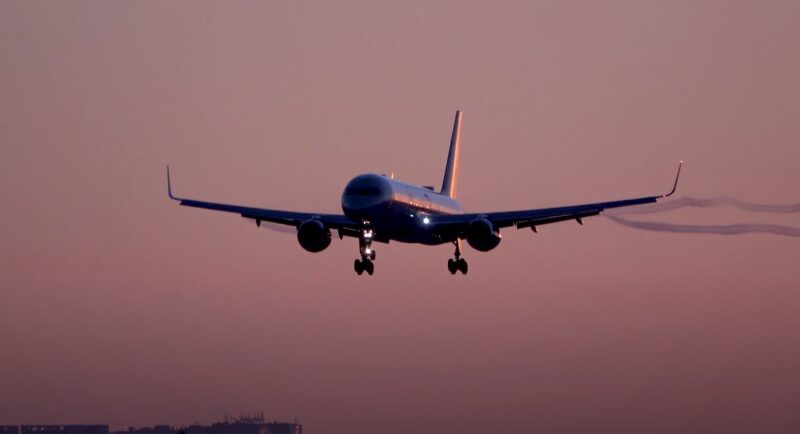The creation of vortices at the wingtips is an unavoidable consequence of generating lift, the force that keeps an aircraft airborne. This aerodynamic occurrence originates from the necessity of creating a pressure differential across the airfoil. Air from the lower pressure region on the top surfaces seeks to equalize with the higher pressure beneath the wings, curving around the tip and spiraling into a vortex.
Such formations are not merely a visual spectacle; they are potent swirls of air that persist in the wake of an aircraft, extending into the flight path of other aircraft and potentially inciting turbulence that can be perilous for following air traffic.
Impact on Aerodynamic Performance
These vortices are a critical factor in the equation of lift versus drag. While lift is necessary for flight, the vortices contribute to a form of resistance known as induced drag, a force that must be countered with additional thrust.
To address this, aviation engineers have innovated various features to reduce the strength of these trailing spirals. Winglets, those upward or downward extensions at the wingtips, are among the most noticeable adaptations on modern aircraft.
Flight Safety
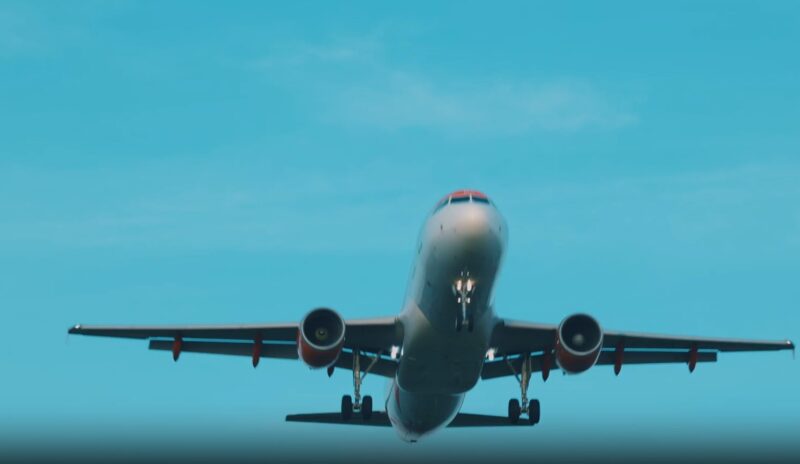
Aircraft must contend with the wake turbulence generated by these vortices. Particularly during takeoff and landing, the high-intensity swirling air can impose serious threats, making the management of such wake an essential protocol in air traffic operations.
Strategies to Deal with Turbulent Wakes
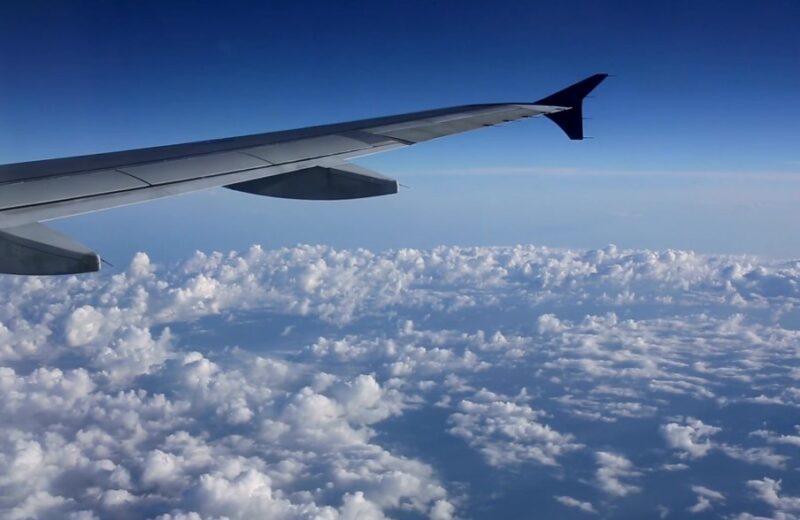
To safeguard against these risks, pilots and air traffic controllers utilize strategic wake avoidance measures, such as staggered flight paths and maintaining prescribed separations, especially in the vicinity of airports where such conditions are most critical. Pilots are trained to handle the effects of wake turbulence with strategies such as offset approaches and altitude adjustments. These techniques are vital for maintaining stability and ensuring passenger safety during all flight phases. Factors Influencing Vortex Intensity
- The mass and velocity of the aircraft.
- The wing’s geometry and the angle of attack.
The Impact on Following Aircraft
- Can cause turbulence and affect stability.
- Potentially hazardous during critical flight phases.
Dealing with the Vortex Effect
- Aerodynamic enhancements like winglets.
- Operational tactics to reduce the wake impact.
Navigating Through Turbulent Air Masses
- Techniques for avoiding wake turbulence.
- Air traffic regulations to manage separation.
| Aircraft Aspect | Impact of Trailing Vortices | Countermeasures |
|---|---|---|
| Aerodynamic Performance | Increased induced drag, reduced efficiency. | Design innovations like winglets, optimized wing shapes. |
| Flight Safety | Enhanced risk of wake turbulence encounters. | Strategic flight paths, altitude adjustments, and traffic separation. |
| Operational Costs | Greater fuel demands and associated costs. | Technological advances for improved fuel economy. |
| Environmental Considerations | Higher emissions due to increased fuel burn. | Efficiency measures for reduced environmental footprint. |
How Are They Formed?
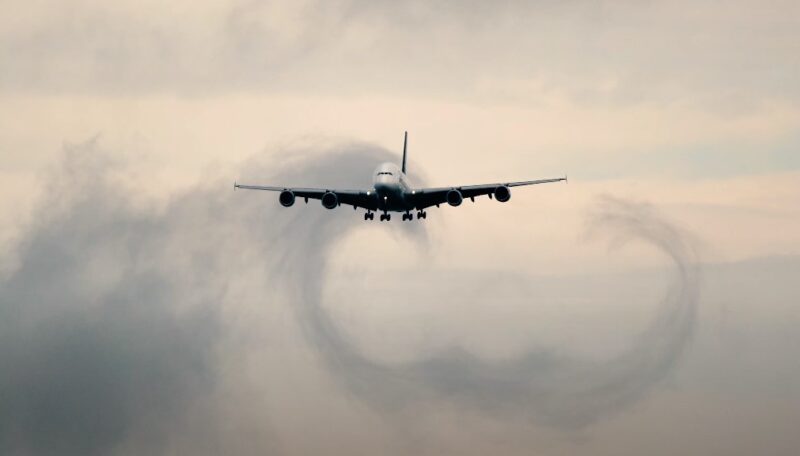
The underlying physics of vortex creation are deeply rooted in the behavior of airflow around the wingtips. When an aircraft achieves lift, the high-pressure air beneath the wing seeks equilibrium with the low-pressure system above, resulting in the characteristic spiral of a vortex.
Environmental Influence
Environmental factors such as humidity, temperature, and atmospheric turbulence play a significant role in the development and visibility of these vortices. Condensation trails are often associated with them, marking their presence visibly in the sky.
Different Vortex Characteristics
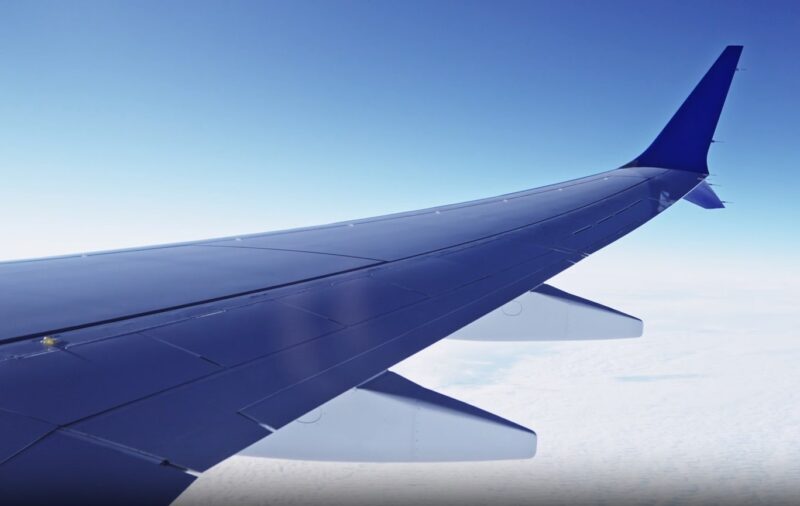
The size and speed of an aircraft directly influence the strength and persistence of the vortices generated. Heavier aircraft create more pronounced vortices, which in turn require greater care in management for wake turbulence.
Importance of Aircraft Design
Aircraft design has evolved significantly with the incorporation of features aimed at reducing vortex strength. From winglets to specialized flaps and ailerons, these design elements are crucial in managing the aerodynamic impact of vortices.
Crosswinds and Vortex Behavior
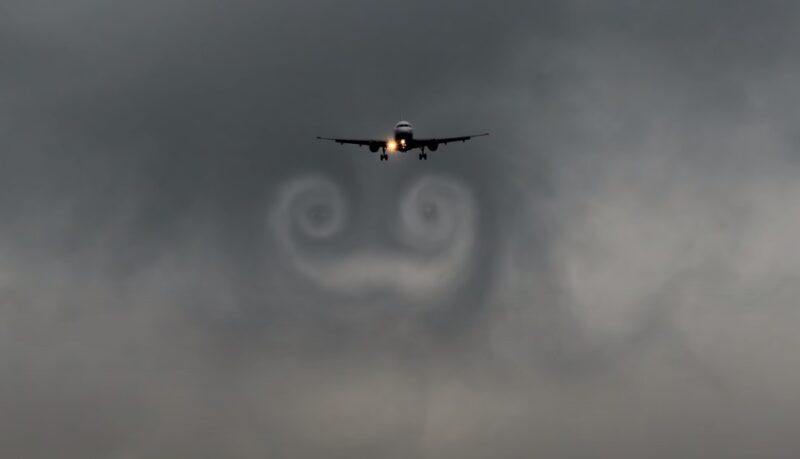
Crosswinds can significantly affect the trajectory and dissipation of vortices. By altering the relative wind flow around the aircraft’s wings, crosswinds can either elongate the lifespan of a vortex or contribute to its quicker breakdown.
Ground Effect and Vortex Strength
The ground effect, experienced when an aircraft is within a wingspan’s height above the ground, can weaken the strength of vortices. This phenomenon is particularly beneficial during landing, as it can lead to a reduction in the induced drag and the intensity of wake turbulence.
Altitude as a Factor

The altitude at which an aircraft operates can greatly influence the lifespan of its wingtip vortices. Higher altitudes, with thinner air, tend to see a quicker dissipation of these swirling air masses, reducing the risk to trailing aircraft.
Engine Intake and Vortex Interaction
The positioning and power of turbofan engines can also have an impact on vortex behavior. Engine intake, particularly during takeoff and climb, can interact with vortices, potentially altering their path and intensity.
The effect may be different on different types of aircraft engines. At cruising altitudes, the lower air density accelerates the natural dissipation of vortices, minimizing the risk of wake turbulence for other airborne vessels. This highlights the importance of flight altitude in the strategic planning of air routes.
The power exerted by turbofan engines during critical phases like ascent can influence the behavior of vortices. This interaction can either mitigate or exacerbate the vortex effect, depending on the engine’s thrust and the airflow around the wing.
Advanced Solutions
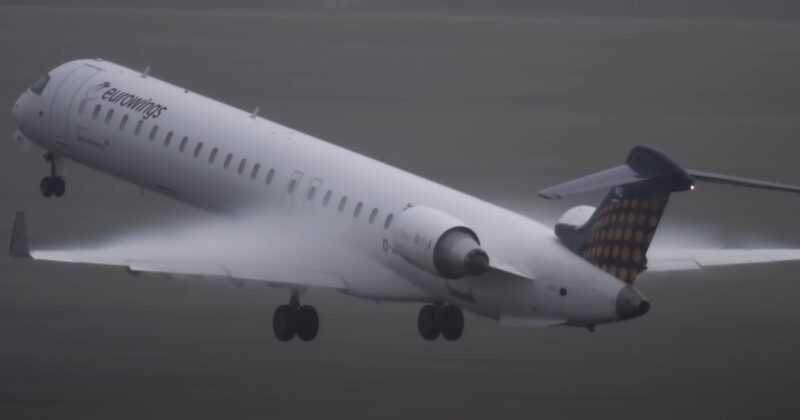
Advancements in wing and airfoil design continue to evolve, aimed at managing the airflow to minimize vortex strength. These include refinements in winglets and roll-control surfaces, such as ailerons, which can help to break down vortices more efficiently.
The integration of advanced autopilot systems capable of detecting and responding to wingtip vortices autonomously is a promising frontier. These systems could potentially adjust flight parameters in real time to optimize performance and mitigate the effects of turbulence.
As autonomous flight technology progresses, ensuring that these systems have robust safety protocols for handling wake turbulence is paramount. This includes the development of algorithms that can predict and navigate through areas with potential vortex activity.
Engine and Airframe Technology
The latest developments in engine and airframe technology also contribute to reducing the vortex effect. This includes the design of engine intakes and wing spoilers, which are essential for controlling the downwash and the resultant vortices.
Development of Real-Time Reporting Mechanisms
Real-time reporting systems for vortex encounters could significantly improve response times and the adaptation of flight paths. Such systems would allow pilots to report vortex strength and effects immediately, contributing to a global database for tracking and analysis.
Skills and Experience are Essential
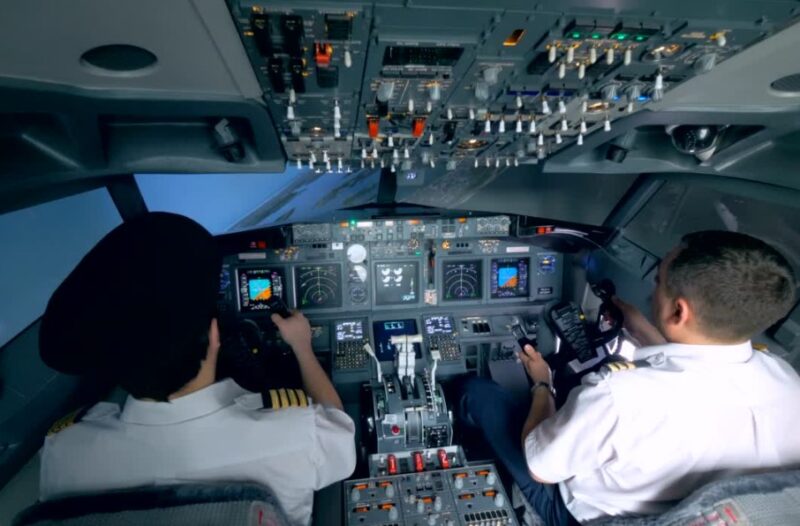
Pilot training programs have expanded to include comprehensive education on vortex dynamics, enabling aviators to make informed decisions during critical flight phases and in varied atmospheric conditions.
Simulation and Real-World Training
Advancements in simulation technology provide pilots with realistic scenarios to practice wake avoidance maneuvers. This hands-on experience is invaluable in preparing pilots for real-world conditions.
Artificial intelligence (AI) could be leveraged to analyze this data, providing predictive insights into wake turbulence patterns. This could lead to dynamic rerouting of flights and more informed decision-making processes by pilots and air traffic controllers.
FAQs
Can wingtip vortices affect the performance of an aircraft’s engines?
Yes, wingtip vortices can affect an aircraft’s engine performance, particularly if an aircraft flies through the vortices generated by another. The swirling air can cause fluctuations in the airflow entering the engine, potentially leading to surges or other performance issues. This is why maintaining proper separation between aircraft, especially during takeoff and landing, is crucial.
Do wingtip vortices dissipate faster at higher altitudes due to lower air density?
Generally, wingtip vortices do dissipate faster at higher altitudes where the air is less dense. The reduced air density allows the vortices to break down more rapidly, minimizing the risk of wake turbulence for other aircraft flying at or near the same altitude.
Are there any specific weather conditions that can make wingtip vortices more dangerous?
Yes, certain weather conditions, like calm, clear days, can cause wingtip vortices to linger longer in the air, which could make them more dangerous for following aircraft. On the other hand, strong crosswinds, turbulence, and atmospheric instability may help to dissipate the vortices more quickly.
How does the weight of the aircraft affect the strength of wingtip vortices?
The weight of the aircraft is directly proportional to the strength of the wingtip vortices produced. Heavier aircraft will generate stronger vortices. This is why heavier aircraft require greater separation distances behind them to ensure that their vortices have dissipated enough not to affect following aircraft.
Is there a way for pilots to detect the presence of wingtip vortices ahead of time to avoid them?
Pilots rely on air traffic control (ATC) advisories, standard separation protocols, and visual cues such as condensation trails to avoid areas where wingtip vortices may be present. Some modern aircraft are equipped with advanced detection systems that can alert pilots to potential wake turbulence, but direct detection and avoidance of vortices are still areas of ongoing research and development.
Summary
Looking towards the horizon, the aviation industry acknowledges the multifaceted nature of wingtip vortices as a challenge that calls for a collaborative and innovative approach. Whether through technological ingenuity, regulatory vigilance, or the unwavering commitment to pilot training, every stride made in managing these powerful forces of nature is a step towards a safer and more efficient future in the skies.
